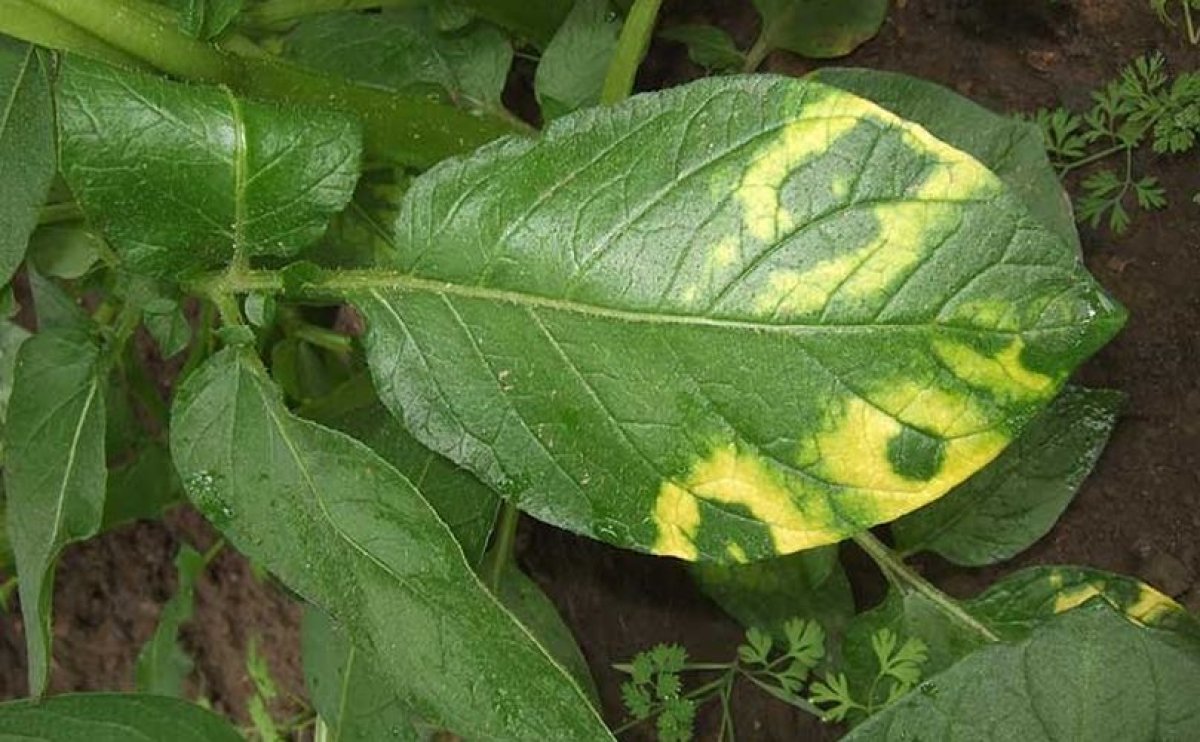Mop-top virus is a serious disease that affects potato crops, leading to significant yield losses and quality reduction. In this article, we will discuss the causes and symptoms of mop-top virus, as well as management strategies to prevent and control its spread.
According to the Scottish Government, mop-top virus is caused by the tobacco rattle virus, which is transmitted through soil-borne nematodes. The disease causes a range of symptoms in infected plants, including stunted growth, yellowing of leaves, and deformed tubers with brown rings.
One of the most effective management strategies for mop-top virus is the use of resistant potato varieties. Several varieties have been developed with resistance to the tobacco rattle virus, which can help prevent the disease from spreading.
Another important management strategy is the use of nematode control measures, such as crop rotation, soil fumigation, and seed treatment with nematicides. These measures can help reduce the population of nematodes in the soil and prevent the spread of the virus.
It is also important to practice good hygiene and sanitation practices in potato fields, such as removing and destroying infected plants and avoiding movement of soil and equipment between fields.
In conclusion, mop-top virus is a serious disease that can cause significant damage to potato crops. However, by using resistant potato varieties and implementing effective nematode control and sanitation measures, farmers can effectively manage the disease and minimize its impact on their crops.

